|
Congratulations to former lab member Dr. Dan Nelson, for winning this year's Society for Freshwater Science Hynes Award for New Investigators. Dan won the award for his 2017 GCB paper that described how whole-stream temperature manipulation changed the structure of an Icelandic stream community. Well done, Dan! The shot above shows Dan finally giving his award presentation at the SFS meeting in Salt Lake City (four days late due to travel complications caused by severe weather). We had a great time at the meeting, with all three current students (Phoenix, Emma and Kyle) presenting posters.
0 Comments
Our newest NSF project is a large, integrated study that will assess the potential of a warming climate to change how terrestrial organic carbon is processed by forest stream networks. One component of the research involves field manipulations of water temperature in stream-side channels and in a natural stream reach. Over the last year, we have worked very hard to get these manipulations up and running. They are finally both online. Below is a thermal image overlaying a photo of half of our stream-side channel array. The channels provide a range of five temperatures (ambient, +1C, +2C, +3C and +4C), each replicated four times. Our first three-month experiment just ended, during which we measured responses in coarse and fine particulate matter, chironomid midges and Tallaperla stoneflies. The channel array has worked amazingly well. Below is a plot of mean (+/- 1 SE) temperatures for the first few weeks of this spring's experiment, showing how tightly we're able to maintain the treatment differences, while maintaining all the natural temporal variation in temperature. The second temperature manipulation is more ambitious. We are heating an entire stream reach by 3-4C for two years and studying a suite of community- and ecosystem-level responses (everything from midge consumption rates to entire organic matter budgets). The stream-warming infrastructure was completed on time in May 2019 and we are now warming. Below is a shot of our set-up, which diverts the stream flow at the top of the reach into a holding tank, where it is warmed to target temperature by cartridge heaters. The heaters are controlled electronically based on the difference between inflow and outflow temperatures. Overall, very exciting. Fingers crossed that it all goes smoothly for the next two years!
It's been a while since the last post, but we have been busy. The lab has published two exciting papers in the last few months. The first of these was Mick Demi's second publication from his dissertation, a paper in Functional Ecology describing how the structure of five stream communities at Coweeta Hydrologic Lab changed as a result of our experimental dissolved N:P gradient. Below is a nMDS plot from the paper showing the shift in community structure of the five streams during two years of enrichment (filled symbols) relative to pre-enrichment communities (open symbols) and how it was related to experimental increases in soluble reactive phosphorus (SRP) concentrations and resulting decreases in the C:P ratio of leaf litter, the dominant food resource. Overall, the results provide a community-level perspective on the increases in invertebrate production that Mick described in his Ecology paper, while clearly demonstrating the primacy of phosphorus limitation in these small forest stream ecosystems. The second paper was a long time in coming, but we think it was well worth the wait. This Ecology paper followed up on our 2014 study of Ivishak Spring, in which we demonstrated the effect of seasonal cycles of light on the annual pattern of ecosystem metabolism in this high-latitude, spring-fed (and so thermally stable) stream ecosystem. The new paper finally shows the rest of the story - how the animal community exhibits similar seasonal patterns in production that are all driven by extreme arctic cycles of light and its effect on photosynthesis within the stream. The plot below is of daily production of primary consumers (mayflies, midges, etc) over the two years of the study. We are really excited about this dataset, which shows beautifully how production is tightly linked from the bottom of the food web all the way to the top (Dolly Varden char, American dipper, river otters). We're currently working on a proposal to follow up on this work. It would be good to get back to the North Slope.
|
|
|
Accessibility | Equal Opportunity | UA Disclaimer | Site Disclaimer | Privacy | Copyright © 2020
The University of Alabama | Tuscaloosa, AL 35487 | (205) 348-6010 Website provided by the Center for Instructional Technology, Office of Information Technology |

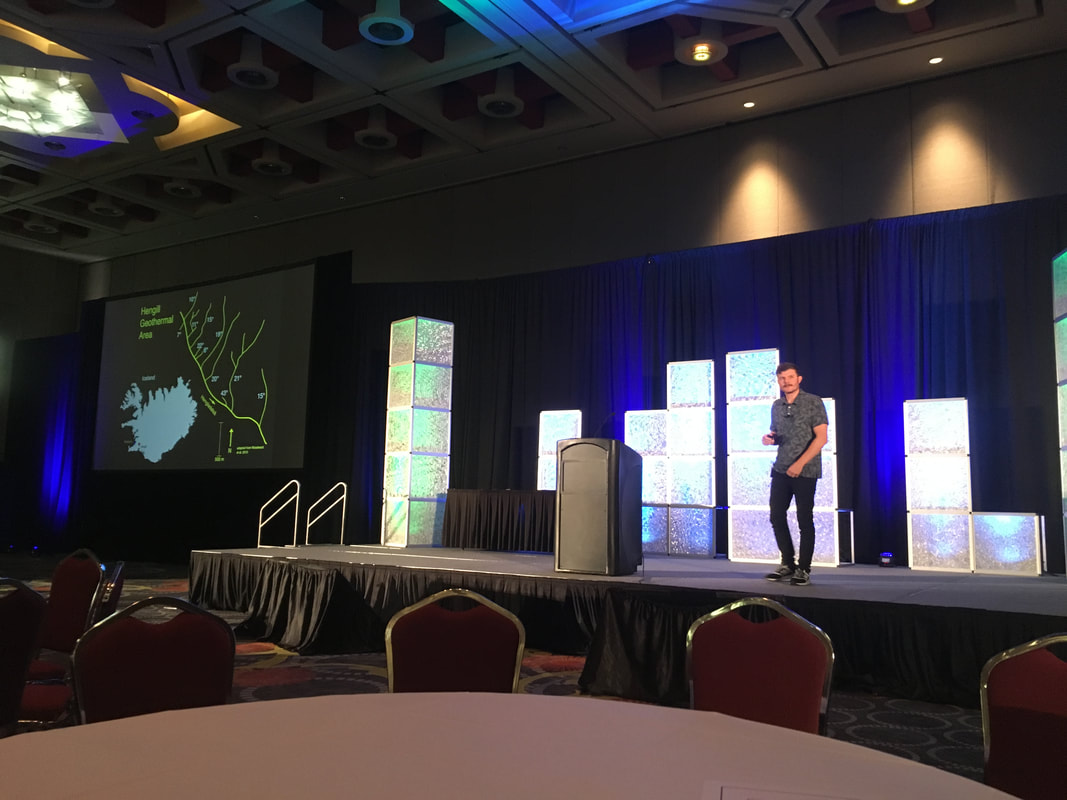
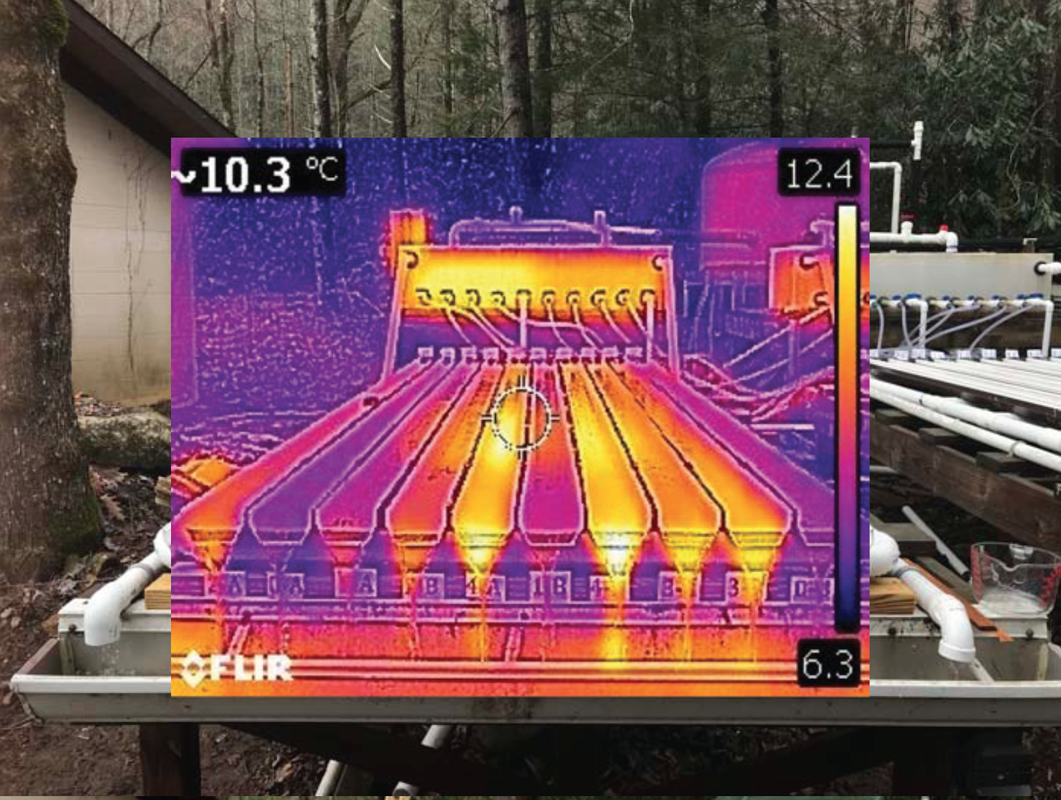
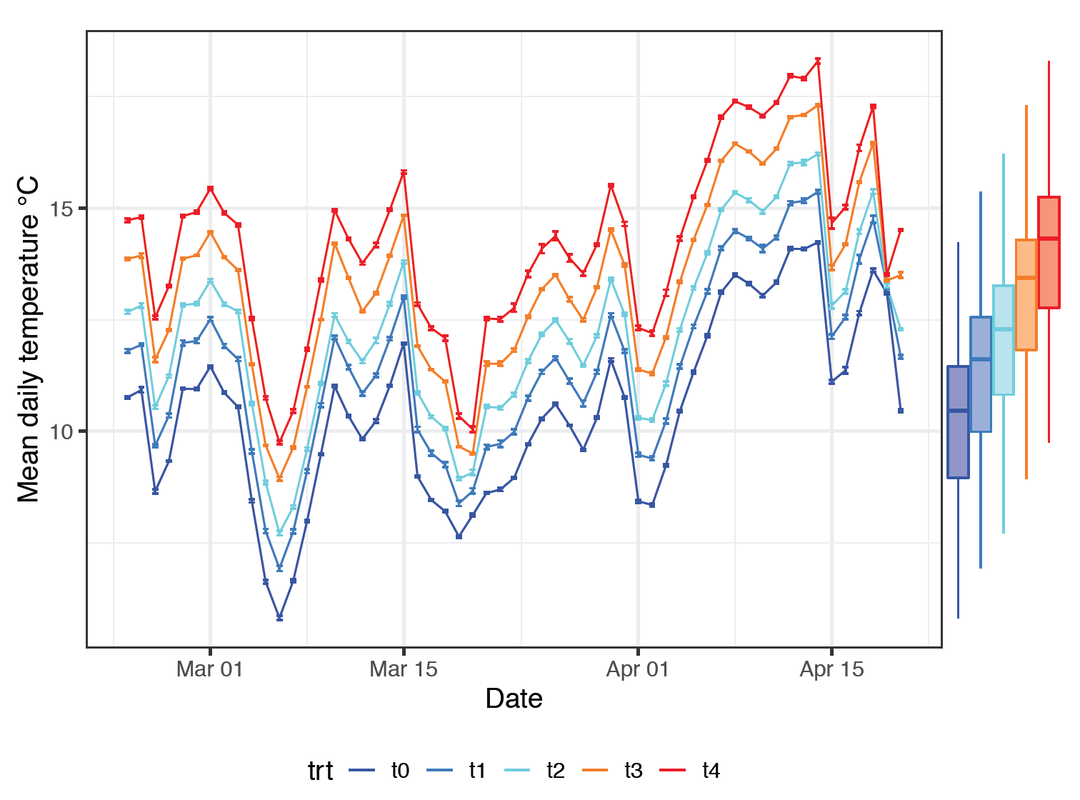

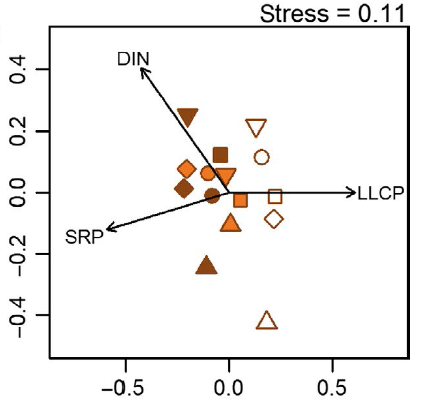
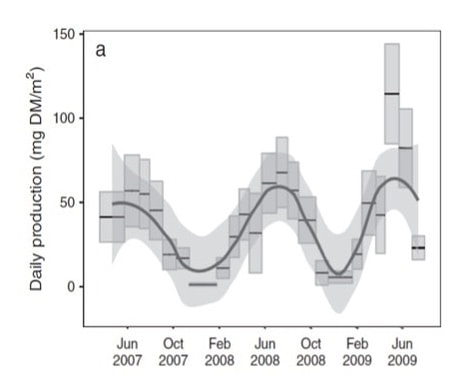
 RSS Feed
RSS Feed